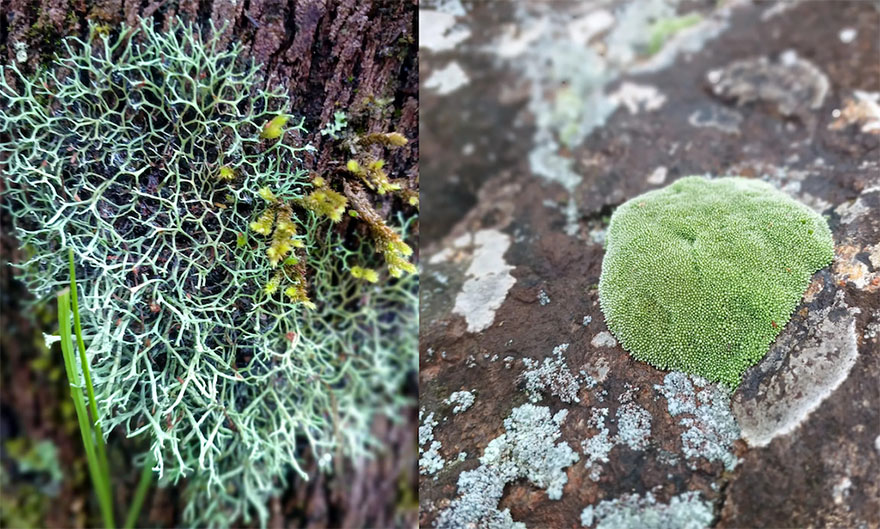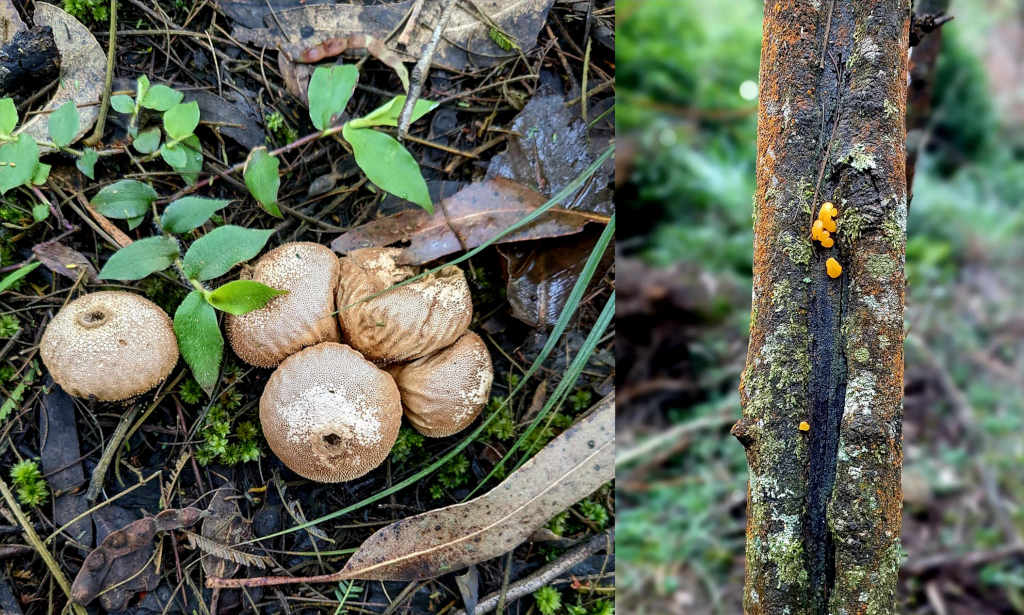
The Nilgiris in South India is an ancient and revered bio-diverse landscape. Colonial imperialism altered and monetized the Nilgiris so much that our collective memory of its primordial form has all but vanished. As we face ecological collapse, new structures like green-tech can distract us from seeing nature’s regenerative capacity. Rewilding landscapes surrenders to the intelligence of plant life.
I live in the Niligiri Mountains, a global biodiversity hotspot in the Western Ghats of South India marked by exceptional levels of endemic species and equally exceptional habitat loss. Success in conserving species here has a cascading impact globally.
The Nil–giris is called a ‘living fossil’ because of the ancient union, formed over millennia, between mountains and grasslands, forests and streams, soil and plants, with fragments of that relationship clinging on today. Two thousand years ago, the first humans here gently picked their way through a landscape infused with spiritual landmarks that imbue sentience in the rocks, rivers, and native plants revered by the 25 different indigenous tribes who call this place home.
This is also the home of the last remaining shola forests and grasslands. The sholas are pockets of high-elevation native forests in the Nilgiri Plateau, home to around 90 species of native trees and 250 species of shrubs, orchids, ferns and wild balsams. Sholas covered 30% of the land, while 70% was grasslands. Today, the shola-grassland mosaic is in tatters, with only 9% remaining intact because of historical colonial structures and present day destructive land use practices.

For generations we’ve been lulled into thinking that all green cover must be beneficial—that vast symmetrical rows of identical crops symbolize abundance. I was shaken from this hold when I resolved to grow a native forest in my backyard. First, I had to dismantle the myth that all the verdant green I saw around me was benefiting the biodiversity of this ecosystem. Then I learned how native plants, that evolved in this landscape, sustain the ecosystem. To understand how the native forests and grasslands were replaced with “exotic” and invasive species we must bear witness to one of the last remaining intact native shola forests.
On a wet morning in July we walked a path into a shola. The dense canopy trapped rolling bales of mist and absorbed the rain before even a drop could reach me. I felt neither cool nor warm, as the canopy sets a microclimate within the shola.

Each organism here is building up and breaking down matter and energy in a story of constant death and renewal: a fallen tree branch spewing forth open palmed fungi; lichen, the symbiotic partnership between algae and fungi, tattooing rocks and trees with a love map to their never-ending story; an underground mycelial tapestry of nutrient pathways between plants revealed above ground in its mushroom avatar.
The trunks of shola trees wear shaggy green coats of mosses, liverworts and other bryophytes, rendering a green glow to the forest. Moored to the tree with rhizoids, a carpet of finger-like leaves guzzle moisture from the air to release it in the dry season and form perennial streams that feed the major rivers of south India.
A tangle of gnarly tree limbs wrestle with each other, knotted together in an embrace with their mother tree. The stout shola individuals are not too high, and I’m reaching out for a cuddle. Swallowed whole I was, in the belly of this ancient thing.
But floating on the surface of this old growth forest is a mark of the hubris of the British Empire in the form of the ecological destruction they unleashed. This forest is littered with a woody shrub called Cestrum aurantiacum, which was one of many “exotic” species introduced from faraway lands. Cestrum became highly invasive here, choking the landscape with dense impenetrable thickets. Invasive species are like children who grow up without the socialization of guiding elders. We competed to pull out the woodiest Cestrums along the path but needed to return with shovels.

Without warning, as if life had stopped mid-sentence, the shola gave way to a deathly pale stand of a eucalyptus plantation. Gone was the diversity of plant life, replaced instead with an eerie white mist. A palpable and brutal disruption has taken place here, altering the ecology. The wet wood of shola trees and their uneven lines were anathema to the needs of building an empire. The colonizers cut down native forests and planted monocrop plantations, imported from foreign landscapes, of eucalyptus, pine and black wattle, which were useful as timber, for paper and tannins. But these thirsty and invasive plants colonized new ground quickly.
Failing to see the over 650 species of plants, 16 endemic mammals, 150 endemic fish and 250 species of birds that shape the bio-diverse native grasslands, the British considered them wastelands. The landscape was terraced for monocrop tea plantations.
By altering the landscape, the British also silenced a chorus of indigenous voices that reaches back centuries. Culture and land were distorted to fit into the colonial narrative of what was civilized and what was wild, what was beautiful in nature and what needed to be tamed.
Independent India embraced the colonial fetish for “exotic” species, and the disregard for the importance of the native biodiversity continued into the 1970s. Nowhere is this more evident than in the government-run botanical gardens. Ironically, in this time of eco-social collapse, millions of tourists flock to the Nilgiris but leave without knowing the wonders within and how we save her.
Standing barefoot on the forest floor among these sentient beings, I was overwhelmed with what the Portuguese call saudade: a feeling of loss for a past that will never return, but a recognition that change is a part of this life. Nature could be signaling to us that that change is upon us.
Overcoming incredible pressures, the natural regeneration of shola vegetation is occurring in the understory of mature exotic plantations. Nature is revealing a past when the intelligence of the plant world reigned. So our interventions need to be small and concentrated, devoted to re-wilding landscapes with communities of native plants. Do we allow the hubris of new structures that created our so-called green tech advances to drown out nature’s call?
It is time we let native plants regain lost ground.
It is time we let the wild world win.
Gayatri Ganesh is a no-dig regenerative farmer based in the Nilgiris. She has also been a teacher and social researcher in London and India. Gayatri tries to find ways to walk lightly on the earth.

